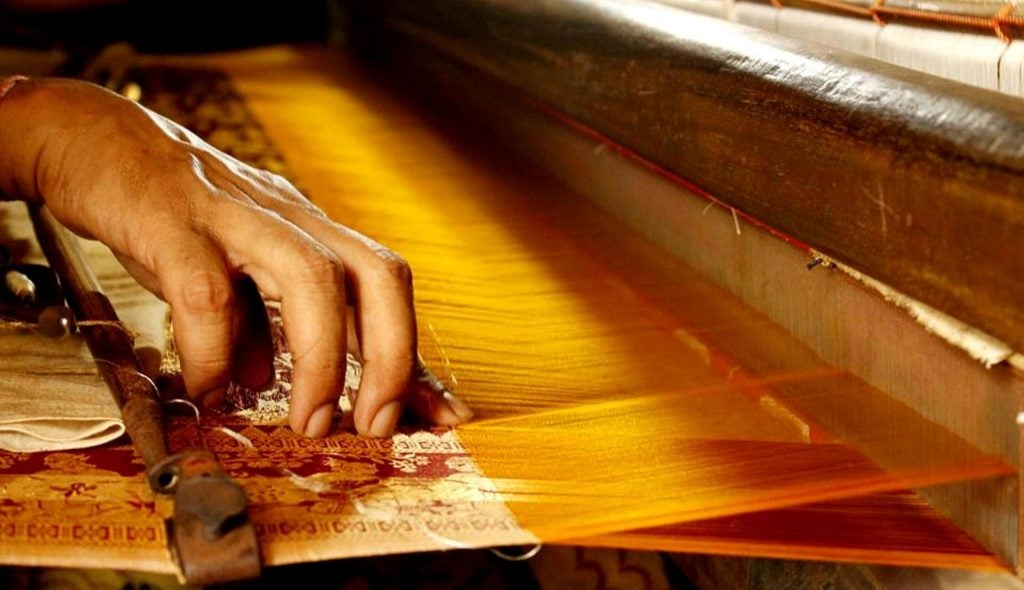Textile Exchange's recent The Future of Synthetics report suggests the domination of synthetic materials in global fibre production since mid-1990 has contributed to climate change.
The report estimates that polyester alone contributed the highest amount of GHG emissions of any single fiber in 2022, with 47 million tonnes of fiber responsible for an estimated 125 million tonnes of CO2e.
The report aims to help the fashion and textile industry transition away from virgin synthetic materials and towards "preferred solutions such as textile-to-textile recycling, biosynthetics, and carbon capture".
However, the report also noted that a total shift away from synthetic materials in favour of land-based raw materials – particularly at current production rates – could lead to an overreliance on and depletion of natural ecosystems.
Instead, the fashion and textile industry will need to find ways to repurpose existing synthetic textile waste, acknowledging the energy and emissions spent making these materials, the report suggests.
According to Textile Exchange, there is a two-pronged approach to these issues: identifying and investing in alternative ways to create synthetic materials using recycled or sustainably sourced renewable feedstocks, while also reducing the volume of new materials produced overall.
The report stated that the mechanical recycling of PET plastic bottles is the most common alternative to virgin polyester. However, it advised the industry to invest in "scaling textile-to-textile recycling technologies" for synthetics to create a truly closed-loop system, rather than relying on feedstocks from another industry.
In addition to textile-to-textile recycling, the report looked at the more nascent opportunities associated with biosynthetics and carbon capture technologies, and their potential to help fashion brands divest from fossil fuel extraction.
Textile Exchange is advocating for increased interest and investment into the technologies that will facilitate the rapid substitution of fossil fuel-derived synthetics. It also believes that having viable alternatives available will enable the industry to realistically divest, unlocking this critical emissions reduction opportunity.
In December 2023, Textile Exchange launched the Materials Directory tool to identify raw materials suppliers alongside the unveiling of the 10th edition of its annual Materials Market Report, which offered a snapshot of global fibre and materials production trends that year.
















